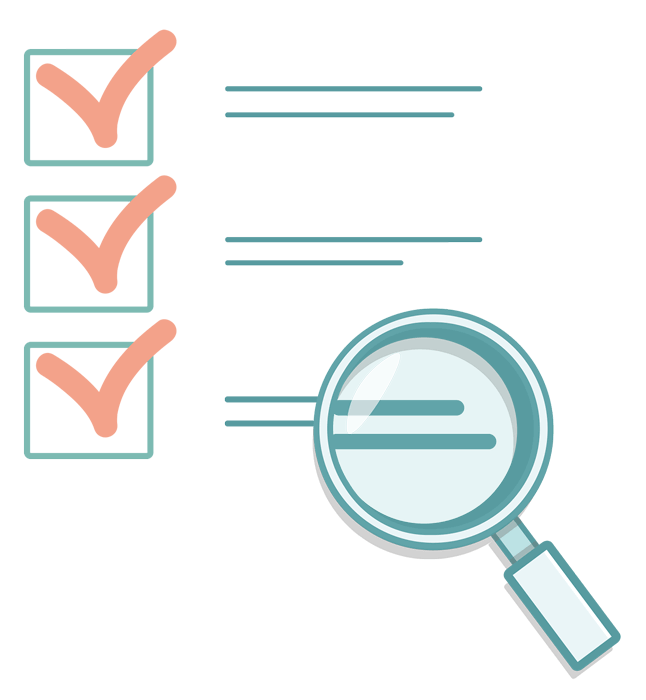Brain And Behavior An Introduction To Biological 4th Edition -Test Bank Chapter 3 Multiple Choice 1. Lissencephalic individuals usually have: 1. Greater than normal intelligence 2. Greater than normal amount of brain tissue 3. Epilepsy and severe cognitive deficits (*) 4. More myelinated cortical neurons 2. The case study of Karen, the lissencephalic individual who was well above average functionally, illustrates our current lack of understanding about: 1. Brain development 2. The relationship between brain structure and function 3. Brain plasticity 4. All of the above (*) 3. A typical lissencephalic individual would have major behavioral deficits, but the opening vignette of Karen illustrates that: 1. Brain and mind are distinct and separate 2. Effects of apparently identical brain impairment can vary greatly (*) 3. Her diagnosis is incorrect 4. Behavior can be predicted if we can “look inside” the brain 4. The central nervous system (CNS) consists of: 1. The cranial nerves that enter and leave the underside of the brain 2. The brain and the spinal cord (*) 3. The spinal cord and the brain stem 4. All neurons in the body 5. A nerve is a: 1. Single neuron 2. Tract of neurons in the CNS 3. Group of cell bodies 4. Bundle of axons in the periphery (*) 6. A nucleus is a: 1. Cluster of cell bodies in the CNS (*) 2. Bundle of dendrites anywhere in the nervous system 3. Bundle of axons in the PNS 4. Group of ganglia in the PNS 7. If your doctor told you that you are suffering from a dysfunction in a _ , you would know the relevant structure was in the central nervous system. 1. nerve 2. tract (*) 3. ganglion 4. All of the above 8. A group of cell bodies in the CNS is a _ but is termed a _ if in the peripheral nervous system. 1. nerve, tract 2. tract, nerve 3. ganglion, nucleus 4. nucleus, ganglion (*) 9. A bundle of axons in the CNS is called a _ , but is called a _ if it is in the peripheral nervous system. 1. tract, nerve (*) 2. nerve, tract 3. ganglion, nucleus 4. nucleus, ganglion 10. In the development of the brain, the: 1. Forebrain, midbrain, and hindbrain develop from the upper part of a tube-like structure in the fetus (*) 2. Forebrain remains quite small until birth, then rapidly overgrows the rest of the brain 3. Forebrain is not convoluted until after birth 4. Spinal cord does not begin to develop until after birth 11. The functioning of the two hemispheres is: 1. Totally symmetrical 2. Somewhat asymmetrical (*) 3. Mostly independent 4. Totally dependent 12. While a mature gorilla may appear to display practically every anatomical feature in common with humans, we all have one proportionately larger feature in our brains. This is the: 1. Brain 2. Cerebellum 3. Cerebral hemispheres (*) 4. Midbrain
read moreLoading sample please wait !

Barmerit customers have reviewed more than 700,000 summaries. This how you know that you are buying the best documents.

You can quickly pay through credit card or Barmerit-credit for the summaries. There is no membership needed.

Your fellow students write the study notes themselves, which is why the documents are always reliable and up-to-date. This ensures you quickly get to the core!
Price $8.00